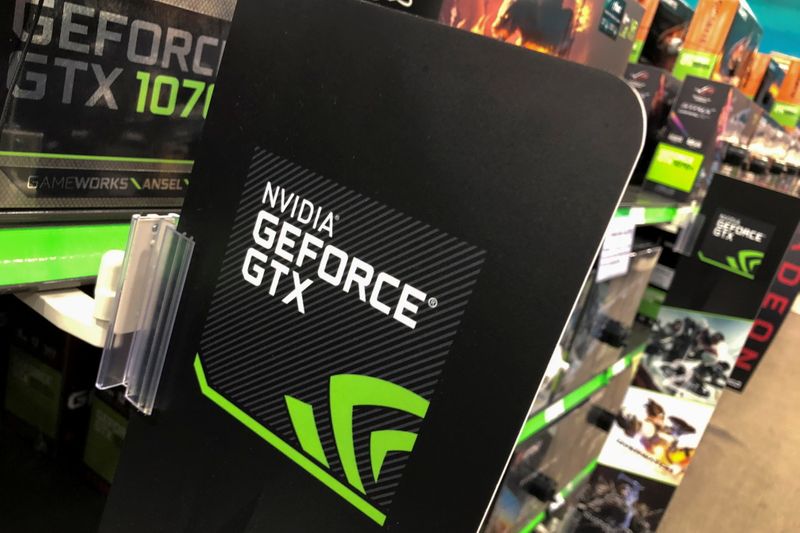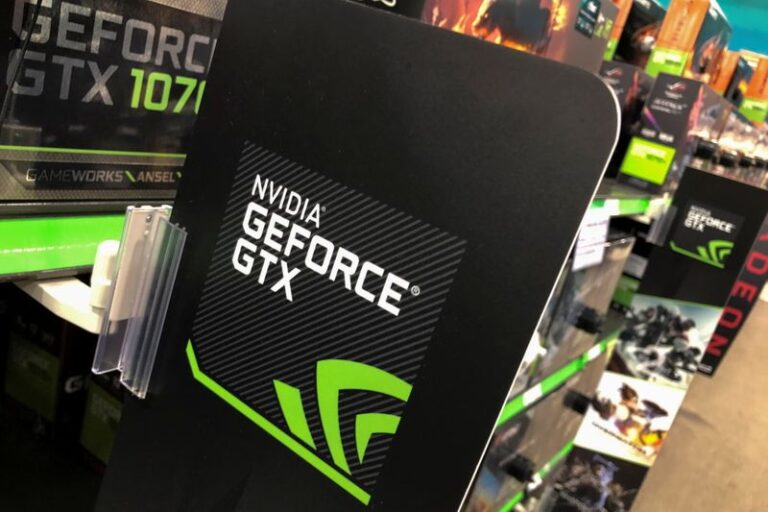
©Reuters
PITTSBURGH – Ansys (NASDAQ: NASDAQ:) announced an expanded collaboration with NVIDIA (NASDAQ:) to enhance its simulation solutions with accelerated computing and generative AI technologies. The partnership aims to advance 6G communication systems, AI-powered simulation solutions, self-driving cars, digital twins, and visual rendering. The integration of NVIDIA’s advanced GPU and AI capabilities with Ansys’ simulation tools is expected to shorten design cycles and improve product complexity across a variety of industries.
Ansys recently joined the Alliance for OpenUSD (AOUSD) to promote data interoperability in 3D content. This benefits the company’s extensive product portfolio. This collaboration will focus on his four key areas: accelerated computing, 6G communications, AI-enhanced simulation, and AI foundry.
In the area of accelerated computing, Ansys is leveraging NVIDIA H100 Tensor Core GPUs and plans to incorporate NVIDIA Blackwell-based processors and NVIDIA Grace Hopper superchips. These advancements are aimed at optimizing Ansys solutions, including Ansys Fluent (NASDAQ:), Ansys LS-Dyna, and electronics and semiconductor products. Meanwhile, NVIDIA is leveraging Ansys technology to improve virtual models and data center design to improve the performance of Ansys solvers.
For 6G communications, Ansys was one of the first companies to adopt the NVIDIA 6G Research Cloud platform to support AI development for radio access network technologies. Ansys Perceive EM, powered by Ansys HFSS, is set to transform 6G system digital twins with a synthetic data-on-demand approach to improve predictive accuracy of wireless network performance.
AI-enhanced simulation is another priority, with Ansys exploring the NVIDIA Modulus framework to incorporate physically-based machine learning into its software products. This effort aims to improve optimization, sensitivity analysis, and design robustness within the Ansys AI+ product family.
Finally, Ansys is considering using NVIDIA AI Foundry Services to further develop large-scale language models (LLMs). This simplifies simulation setup and usage and potentially opens simulation to new users and use cases.
The CEOs of both companies expressed their enthusiasm for the collaboration and highlighted the potential to address engineering challenges and deliver innovation within the NVIDIA Omniverse environment.
This article was generated with the help of AI and reviewed by an editor. Please see our Terms of Use for more information.


